
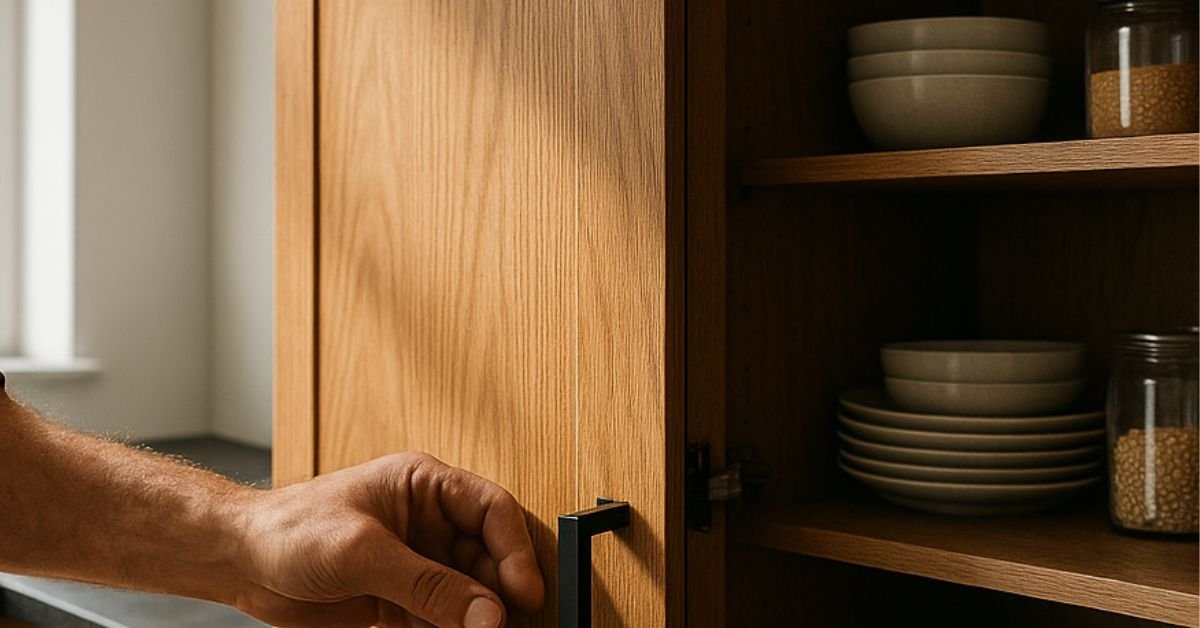
Our editorial team individually chooses every product that is suggested on neatcupkit. We might get paid if you buy something after clicking on any of these links.
Ready to transform your kitchen with custom storage? This guide will show you how to build kitchen storage cabinets yourself! Forget expensive store-bought options. We’ll take you through each step to create beautiful and functional kitchen cabinetry that perfectly fits your space and style. Get ready to unleash your inner woodworker!
You are going to love having cabinets in your pantry! It will be the best thing you add. Building your own kitchen cabinets opens a world of possibilities. Imagine having a pantry cabinet built exactly to your specifications. This is one of the greatest benefits of building your own kitchen cabinets.
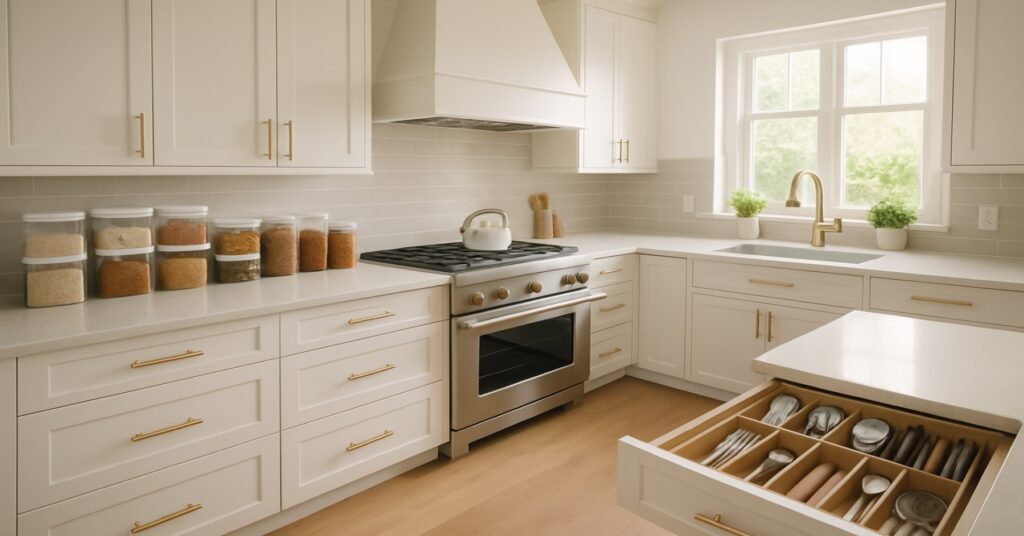
This guide provides step-by-step instructions to build cabinets. This article may contain affiliate links. A detailed PDF is also available here that includes all the necessary dimensions, a cut list, and 3D guides. In this cabinet project, we’ll cover everything from planning to finishing, ensuring a successful and fulfilling DIY experience to build DIY.
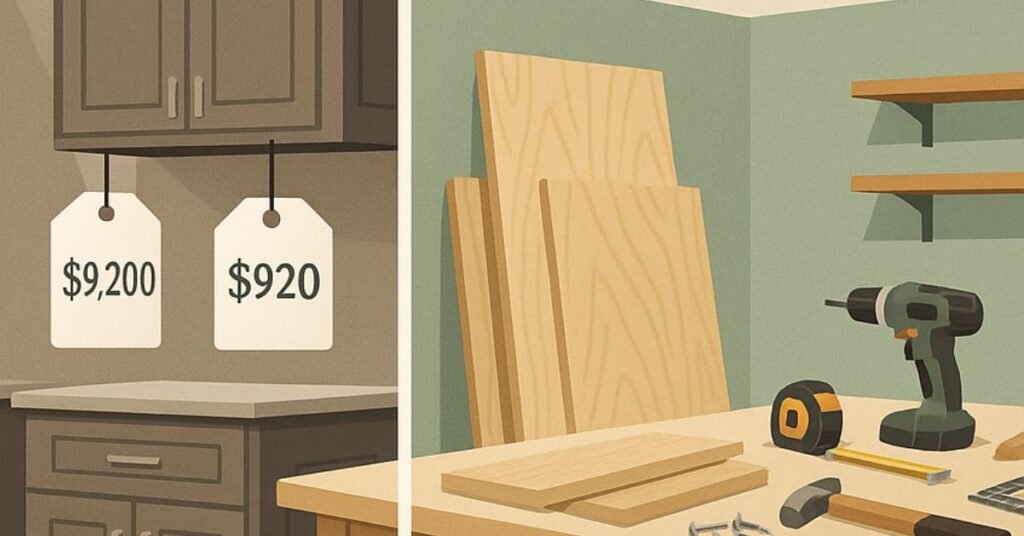
Choosing the DIY route to build cabinets is incredibly cost-effective. Purchasing pre-made kitchen cabinets can be expensive. However, with careful planning and material selection, you can save a significant amount of money. You can use MDF to build your cabinets.
Beyond the immediate cost savings and customization, DIY kitchen cabinets can significantly enhance your home’s value. Custom kitchen cabinetry is a desirable feature for potential buyers. When learning how to build kitchen storage cabinets, remember that quality craftsmanship will enhance your home’s value. Now is a good time to use free project plans.
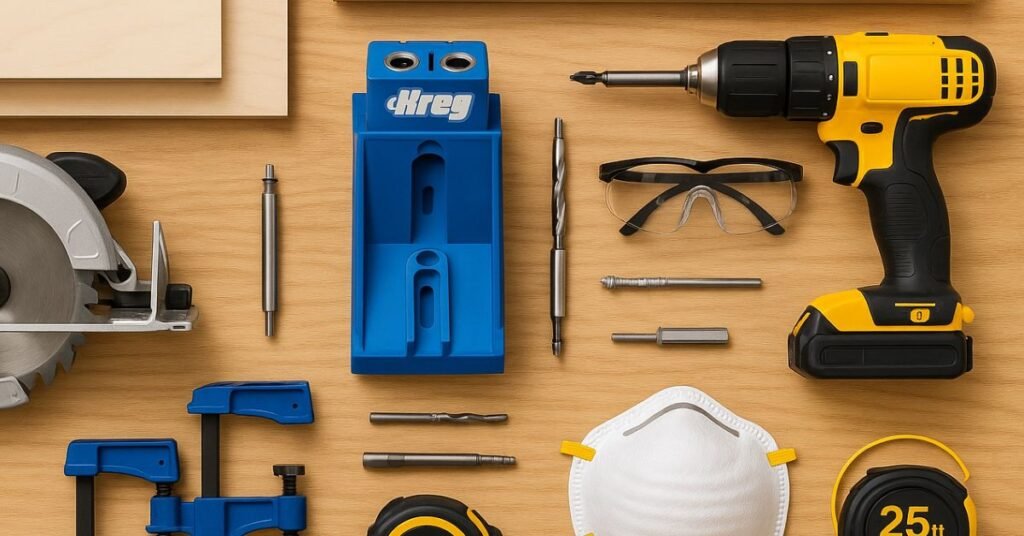
To successfully build cabinets, you’ll need a variety of tools. Essential power tools include:
A Kreg pocket hole jig is invaluable for creating strong pocket hole joints. Don’t forget clamps, sandpaper, a putty knife, and a jig for intricate cuts. Having a nail gun is also helpful.
Safety should always be a top priority when undertaking any DIY cabinet project. Always wear eye protection to shield your eyes from flying debris. Additionally, use a face mask to protect yourself from dust particles generated during sawing and sanding. Taking these precautions ensures a safer and more enjoyable cabinet building experience when you build cabinets.
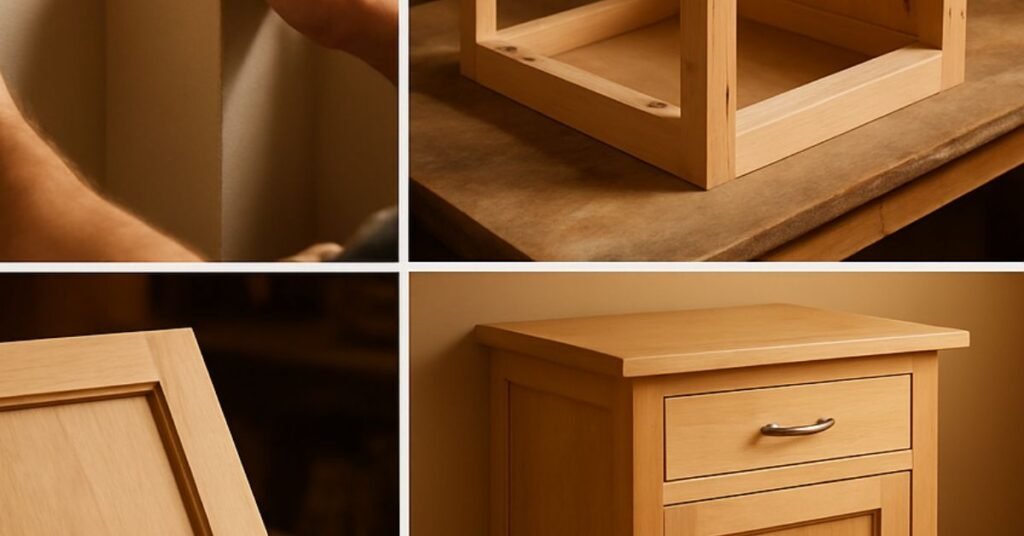
Before you start, carefully measure the available space for your kitchen cabinets or pantry cabinet. Accurately measure the height, width, and depth, and sketch out your cabinet plans. Consider what you’ll be storing to determine the ideal shelf placement and drawer sizes. Accurate measurements are key to a successful DIY build.
Begin constructing the cabinet box by cutting the plywood pieces according to your cabinet plans. Use a Kreg pocket hole jig to drill pocket holes along the edges of the side panels. Assemble the cabinet box using wood glue and pocket hole screws. Make sure the cabinet box is square and sturdy before moving on. Next you need to add the toe kick.
Building cabinet doors typically involves creating a face frame with a center panel. Use a table saw to cut the wood pieces for the face frame. Assemble the frame using pocket hole joints or traditional joinery methods. Insert the center panel, secure it, and then attach the cabinet doors to the cabinet box using hinges. You can also add cabinet plans for this part.
Installing drawers involves assembling the drawer box and attaching drawer slides. Construct the drawer box using plywood and pocket hole screws. Mount the drawer slides inside the cabinet box and on the sides of the drawer box. Finally, attach the drawer front to the drawer box using screws and wood glue. You may want to use project plans for this part.
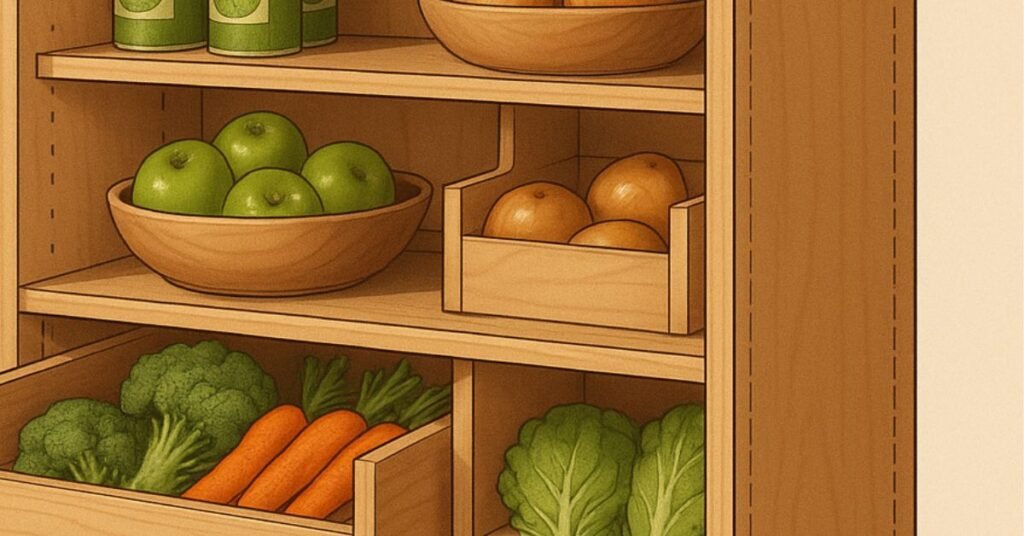
When you build cabinets, think about what you need to store! I wanted a specific pantry cabinet design. I also made a list of features that would keep my pantry organized and functional. This involved having a designated area for fruits and veggies and a place for extra items. You can customize your drawer size, too, to fit your needs. This will improve your storage cabinet space.
If you are going to build cabinets, think about the shelving. I decided that the top section of my pantry would have shelf space. Before adding the shelves, I cut a back panel from plywood. Then, I installed a full-length shelf and added a divider panel above it. I used a jig to make the shelves adjustable so I could customize the cabinet.
One benefit to combining cabinets is you can make one face frame to cover them both! That’s what we’re going to work on next when you build cabinets. I used hard maple to match the maple plywood. The center stiles, where the cabinets join together, will be 2″. Using a face frame will really enhance your DIY kitchen cabinets.
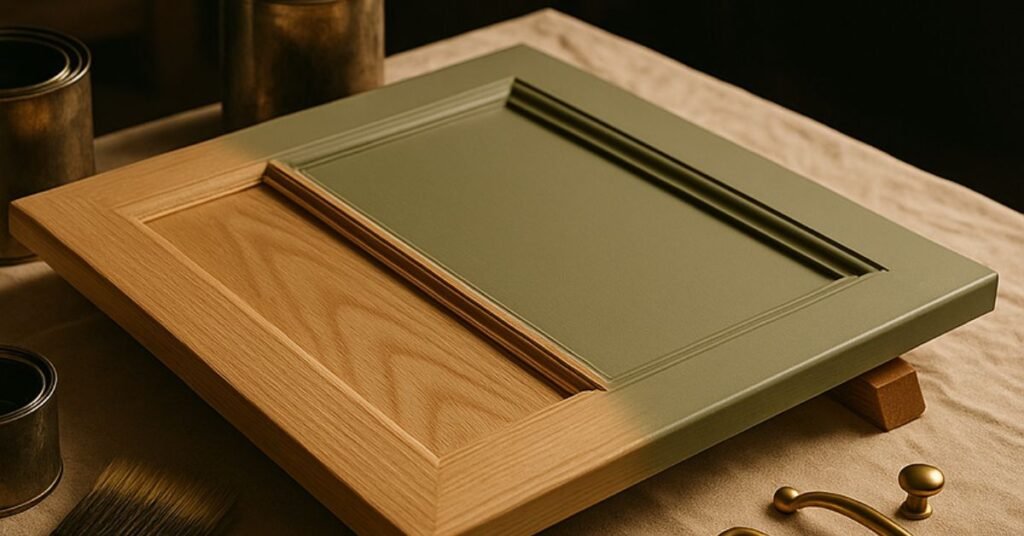
Now that you have the entire cabinet box built (Go you!!), inspect your storage cabinet. Look for imperfections, nicks, dents, holes, etc. and patch it up with wood filler using your putty knife. Once the wood filler has dried, use your sandpaper to smooth everything down. If you want to keep the natural wood color, add polyurethane and you’re all set to admire your DIY work.
Next, use caulk with your caulking gun to caulk all of the gaps inside of the cabinet. Before starting any painting, tape around the cabinet so you don’t get any primer or paint on the wall. If you are doing a DIY kitchen or DIY project then it is always important to remember that prepping is a priority. Then you can stain or paint your cabinet.
The final touch is choosing the right hardware and hinges when you build cabinets. These are important for your cabinet doors. For the door, I’m going to use hidden cup hinges, sometimes called Euro hinges. These are simple to install, make sure to use your jig.

We’ve covered a lot, from cabinet design to finishing touches! Now you know how to build kitchen storage cabinets, starting with measuring and planning your kitchen cabinets or pantry cabinet. You learned how to construct the cabinet box using plywood and wood glue, adding shelves and drawers, and installing cabinet doors. Don’t forget about selecting cabinet hardware and project plans!
You can do this!
Trust me, it’s so rewarding and you’ll want to stare at it all day!!
Building your own DIY kitchen cabinets is a rewarding experience. It will give you storage cabinet space. Embrace the process, learn from any mistakes, and enjoy the satisfaction of creating something unique for your kitchen pantry. The end result of your cabinet project will be a beautiful and functional addition to your home.
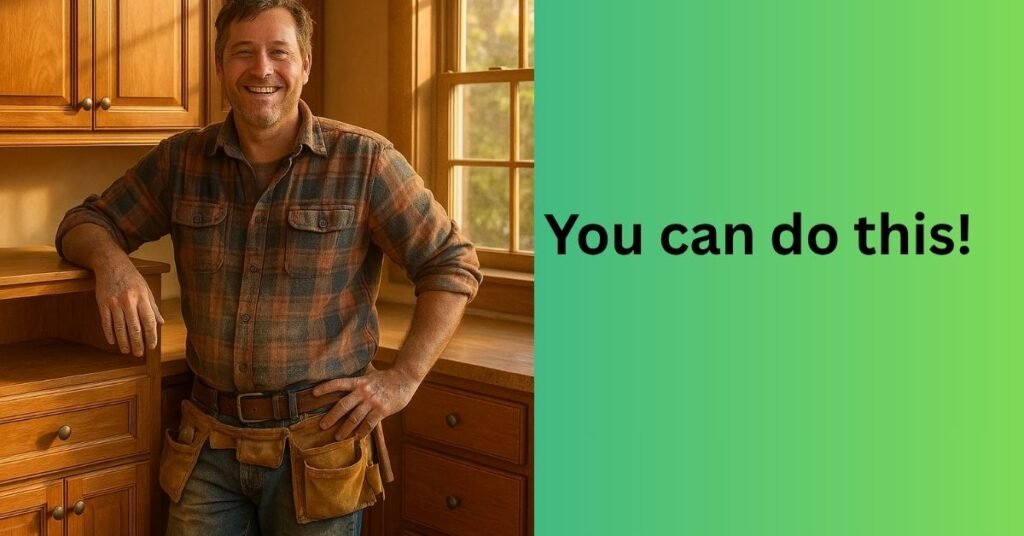
Absolutely! While cabinet building may seem daunting, it’s achievable for beginners with patience and careful planning. Start with a simple cabinet box design and follow step-by-step instructions like those in this guide. Utilizing a Kreg pocket hole jig can also simplify joinery for your DIY kitchen cabinets, ensuring a sturdy and professional-looking storage cabinet.
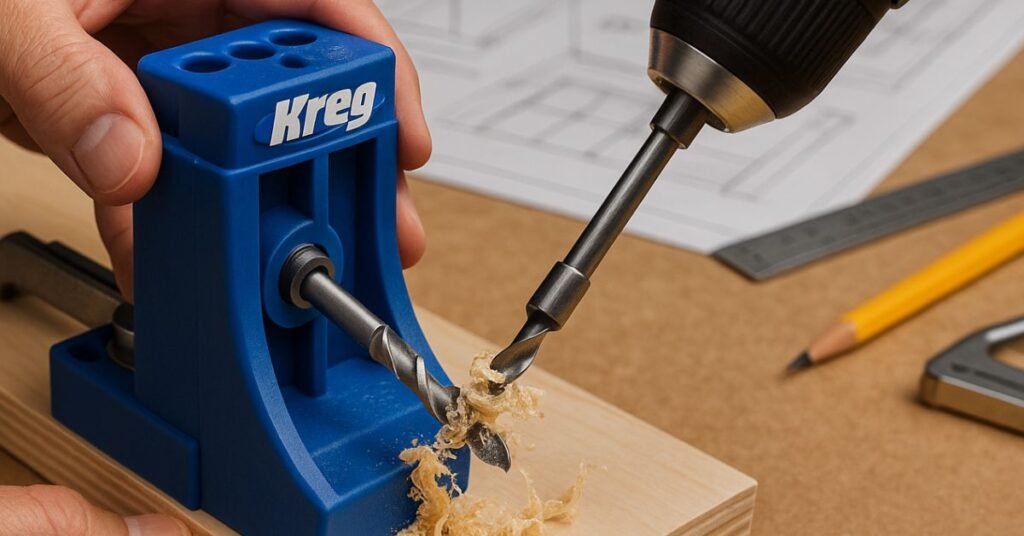
The best wood for kitchen cabinets depends on your budget and desired aesthetic. Plywood is a cost-effective choice for the cabinet box, while solid wood like maple or oak adds durability and beauty to cabinet doors and face frame elements. Consider using MDF for cabinet plans if you want to paint your DIY kitchen cabinets.
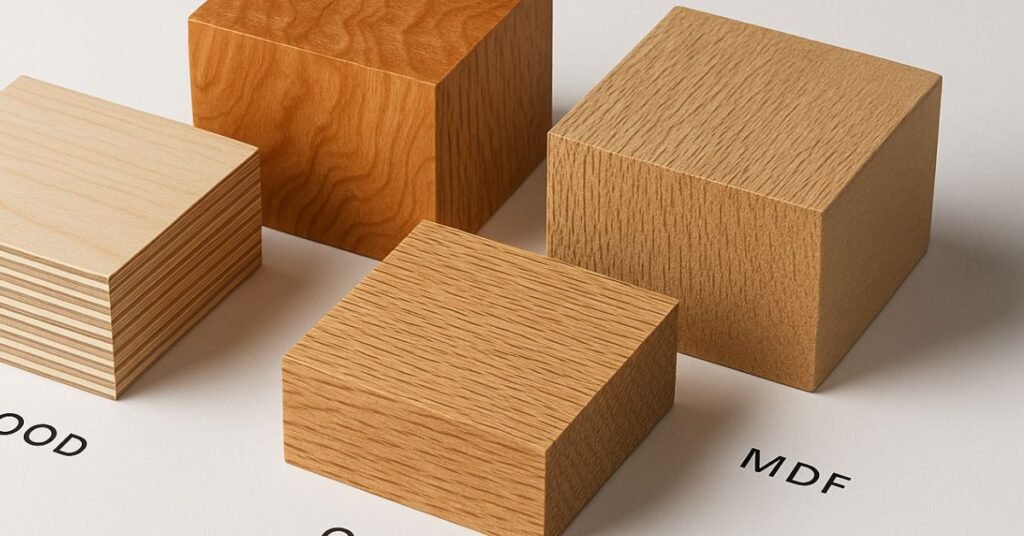
Durability starts with using high-quality materials and sturdy joinery techniques when you build cabinets. Use wood glue and pocket hole screws to create strong pocket hole joints. Apply a durable finish, such as polyurethane, to protect the wood from moisture and wear. Reinforcing the back of the cabinet with plywood will help to keep the cabinet box square.
Yes, absolutely! Customization is one of the biggest advantages of learning how to build kitchen storage cabinets. Measure your space carefully and adjust the cabinet plans accordingly.
I will give you the specific measurements based on my own kitchen pantry dimensions, which you can easily adjust the measurements based on your pantry. You can customize your drawer size based on what you will store in there.
You can make sure it fits. This ensures a perfect fit and optimizes your kitchen pantry storage cabinet.
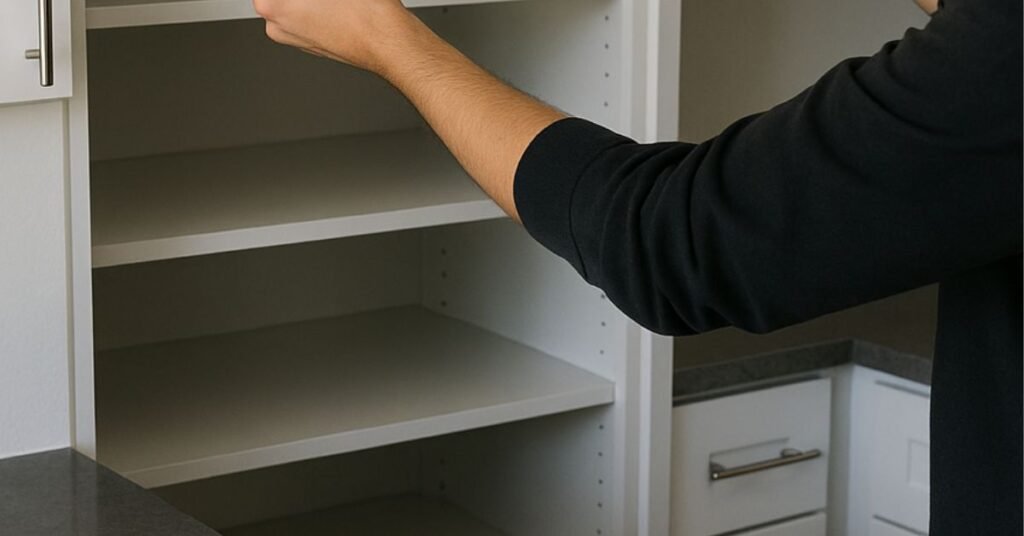
To build cabinets, you don’t need a fully equipped woodworking shop, though some specialized tools can be helpful. However, there are some essential tools you’ll need:
Clamps, sandpaper, and a putty knife are also necessary for finishing touches on your DIY cabinet project.
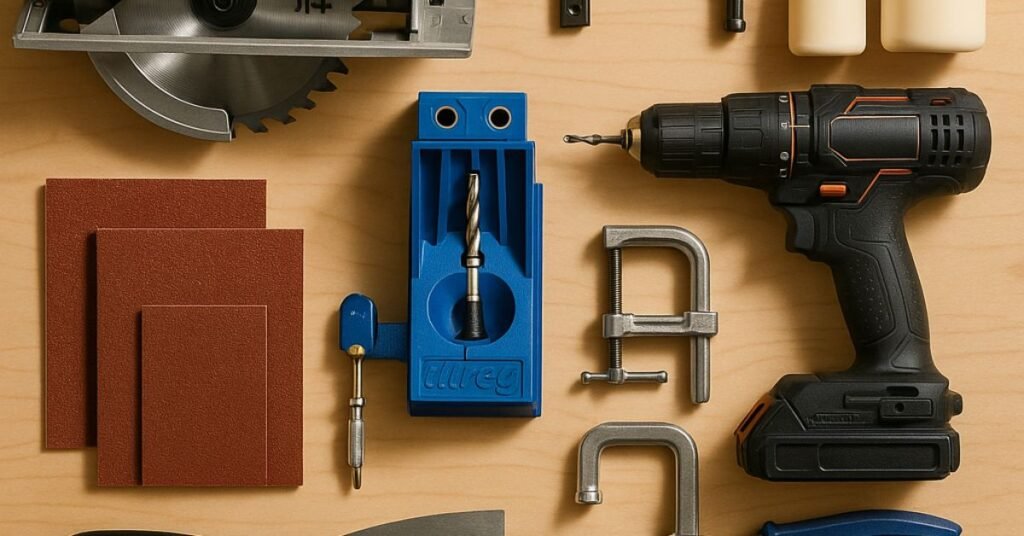
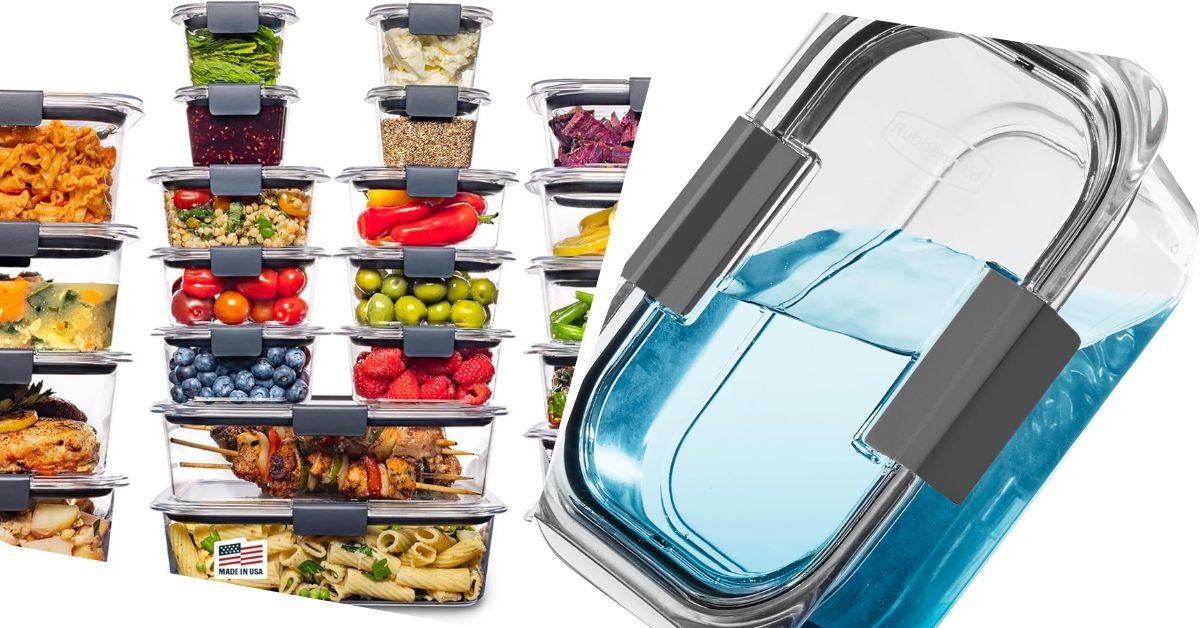
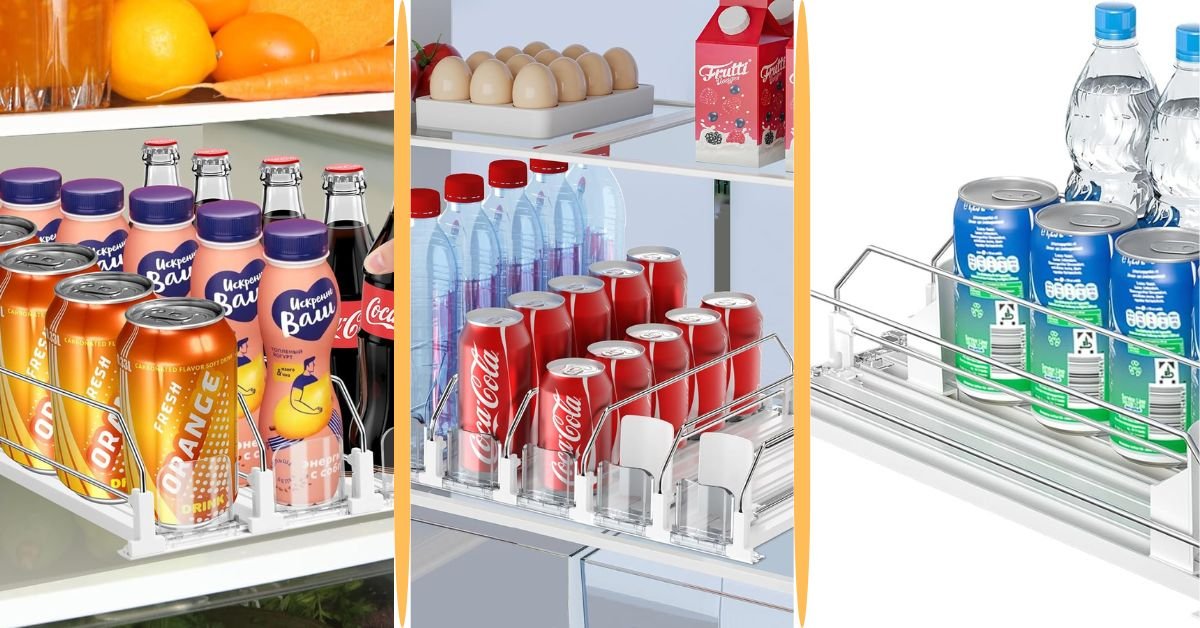
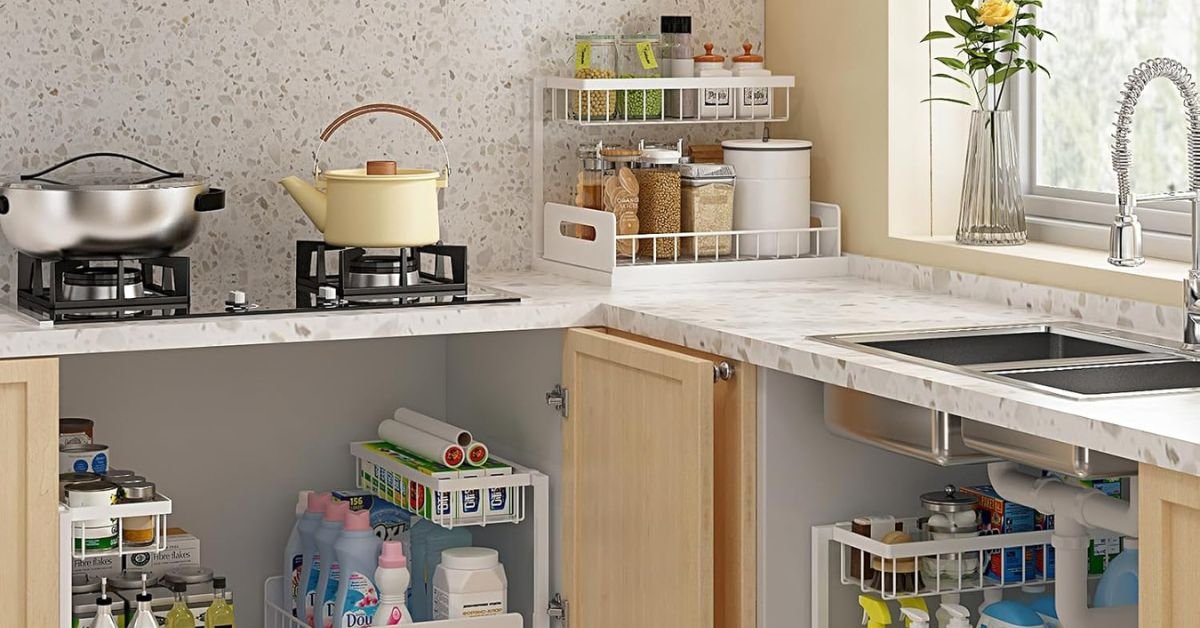
One Response